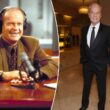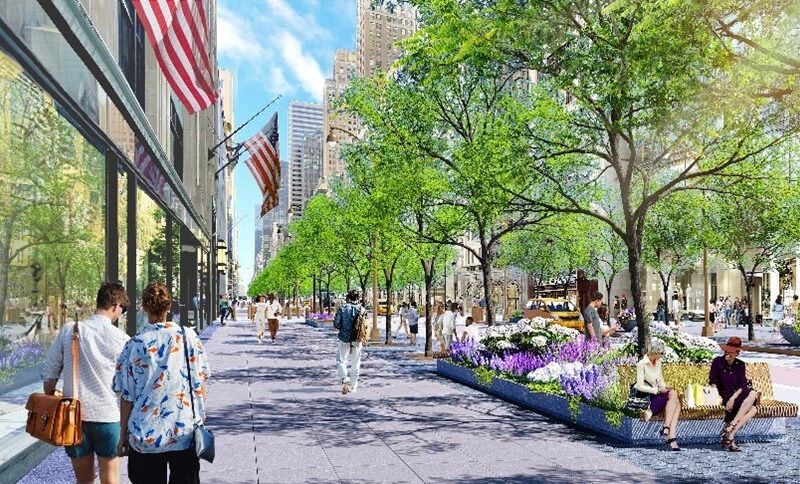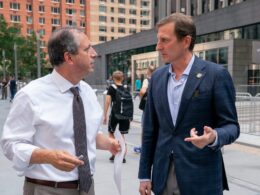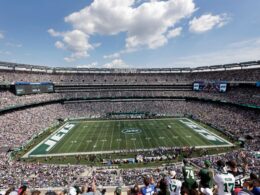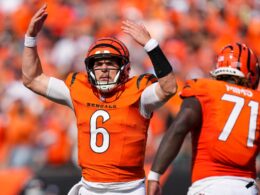On the very first Earth Day, April 22, 1970, Mayor John Lindsay took the bold step of closing New York’s grand boulevard — Fifth Ave. An estimated one million people flocked to the street and The New York Times raved, “Mood is Joyful …Huge light-hearted throngs ambled down auto-less streets …” For one day walkers became the kings and queens of Fifth Ave. We have a chance now, with the city’s planned reconstruction of our grand boulevard, to restore pedestrians to their rightful thrones.
Since that 1970 day, Fifth Ave., by my count, has been closed to traffic more than 600 times. There are 11 parades annually, full or partial closures over Christmas, and numerous demonstrations, especially these days at Trump Tower. Most of the parades are on weekends but there have been 40 St. Patrick’s Day parades on weekdays since the first Earth Day.
In addition, nearly every time a local Catholic dignitary passes, a funeral mass at St. Patrick’s Cathedral draws crowds and notables to the partially or fully closed avenue. Somehow the city has survived all these closings.
The reconstruction of Fifth will also correct an egregious blunder by the city early in the last century. During New York’s 1870-1910 “Golden Age,” Fifth Ave.’s 30-foot-wide sidewalks, stores and mansions enshrined it as the city’s grand boulevard. But in 1909, the city began to widen the roadbed at the expense of the sidewalks. The avenue’s capacious sidewalks were narrowed by nearly eight feet each to make way for two more lanes of car traffic. The Times termed the street the city’s “Greatest Driveway.”
The city’s plan for the new Fifth Ave. is still a work-in-progress. (Full disclosure: I worked on an early iteration for the Fifth Avenue Association). Sidewalks will be widened but maybe not to 1909 dimensions. The question of who will use the avenue and how is being debated by the city and community. Department of Transportation statistics show about 70% of people using the avenue are walkers, 20% are on buses, with just 10% in cars and taxis (trucks are banned).
Cyclists would like their own lane and store owners would like their patrons to be able to arrive and leave by automobiles at their front doors. But as the Rolling Stones sang, “You can’t always get what you want, but you can get what you need.” Since there isn’t enough room for everybody, we need a game plan.
To me the given is: pedestrians first. That means at least full restoration of the sidewalks. It also means raised crosswalks to slow traffic and increase safety for walkers, narrow lanes which have been shown to further decrease speeds, and a speed limit of 15 mph with signal timing changes controlling speeds.
The average daytime speed of Fifth Ave. in Midtown is less than 10 mph so not much mobility will be lost. Deadheading buses, that is buses with no passengers, should be moved to other avenues. Some redistribution of express bus lines should be considered.
What about bikes? DOT’s standard bike lane, with special turn lanes and traffic signals, won’t work here if pedestrians are to be royalty. That’s because the sidewalks would need to be cut back (unless cars are banned completely) and the crossing time at traffic signals would be shortened to allow for a dedicated bike and turn phase. But I don’t see that as a major problem if, through design treatments, bike riders can “take” the slow-moving lanes by riding in their center.
The reconstruction of Fifth Ave. will not be completed until the early 2030s. The design should be one that will last for another century as did the 1909 plan. What will Midtown Manhattan of 2050 or 2100 look like? I am certain that it will not be car-centric.
Pondering the future, I am reminded of an event eight years ago when I was invited by H.B. Siegel, the prime minister of ideas at Amazon, to a meeting on the future of urban mobility. About 30 innovative thinkers in transportation, from around the country, were flown to Seattle and asked to present their big idea.
Unveiled at the meeting were autonomous taxis, Uber-Air, gravity vacuum tubes for transit, hoverboards, e-skates and more. When it was my turn to present, I showed just one slide saying my futuristic idea was 100% energy efficient, could turn on a dime, go down a one-way street the wrong way, everybody could afford it, and no license or training was needed to use it. I then unveiled a picture of a pair of well-worn shoes, available since 1600 B.C.!
New York’s Fifth Ave. could be the grandest most-futuristic boulevard of world cities by returning it to the pedestrian.
Schwartz is a former NYC traffic commissioner.
